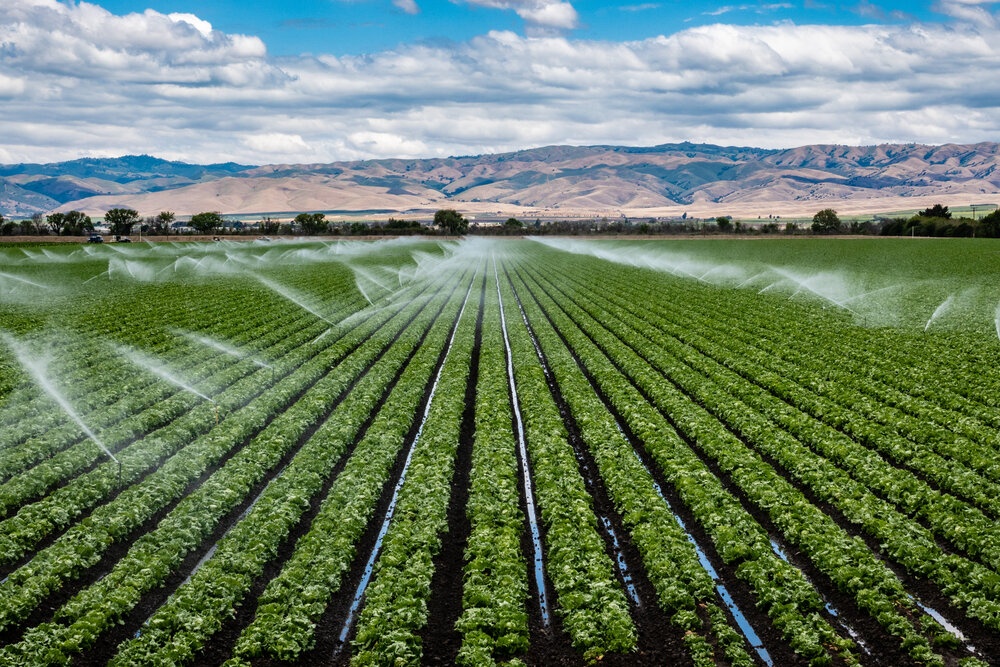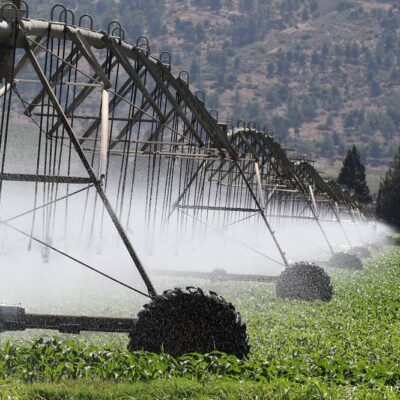Drip irrigation is one of the most important weapons in our armoury when it comes to conserving the Earth’s limited natural resources while at the same time striving to feed a growing planetary population.
The tale of how drip irrigation was discovered and has developed over the centuries to become one of the most important aspects of agriculture is an interesting one. Yet even this particular technology has its pros and cons, and in this article, as well as briefly recounting how modern drip irrigation came about, we also look into both its advantages and disadvantages.
What is Drip Irrigation?
Drip irrigation is a very efficient method of watering crops that involves delivering water directly to the base of plants through a network of tubing, pipes, and emitters. Unlike traditional irrigation systems that flood entire fields, drip irrigation targets individual plants with a slow and steady release of water, minimizing wastage and maximizing water use efficiency.
The Ancient Chinese Approach to Drip Irrigation
You would be forgiven for thinking that drip irrigation is a relatively recent method of irrigation. However, in actual fact, the roots of drip irrigation can be traced back to Ancient China - to be more exact, to the first century BC, when the “Fan Shengzhi shu” (a Chinese agricultural text created by Fan Shengzhi) was published during the Han Dynasty.
The Fan Shengzhi Shu text describes how clay pots (known as “ollas”) were buried in the ground and filled with water. The pots were specifically left unglazed after being formed as this allowed them to remain porous. The water poured into them would then gradually seep out into the soil, delivering water directly to the root zone of the crops beside which they were planted. This early form of drip irrigation was both easy in terms of installation, and maintenance too.
The Discovery of Targeted Root Zone Irrigation
Modern-day drip irrigation owes its development to a Polish gentleman called Simcha Blass. He was born in 1897 and studied to become an engineer. He became the co-founder of Israel’s national water company, Mekorot, which was formed to meet the challenges of the country’s complex water supply situation.
In the 1930s, the company was involved in a project to provide water in the Negev desert. During the project, Blass became intrigued by a tree that was flourishing in apparently arid surroundings. Upon investigation, Blass discovered a leaking water pipe buried beneath the tree.
A few years later, In 1948, Blass purchased pipes that had previously been used to extinguish fires during the London Blitz. He shipped them to Israel where they were put to use in constructing a water system in the Negev designed to supply 11 Israeli settlements plus tribes of Arab Bedouins.
After much experimentation he devised a watering system based on pressure and friction to deliver water through holes drilled in plastic pipes at regular intervals, ushering in the arrival of the first modern drip irrigation system.
The Efficiency of Drip Irrigation
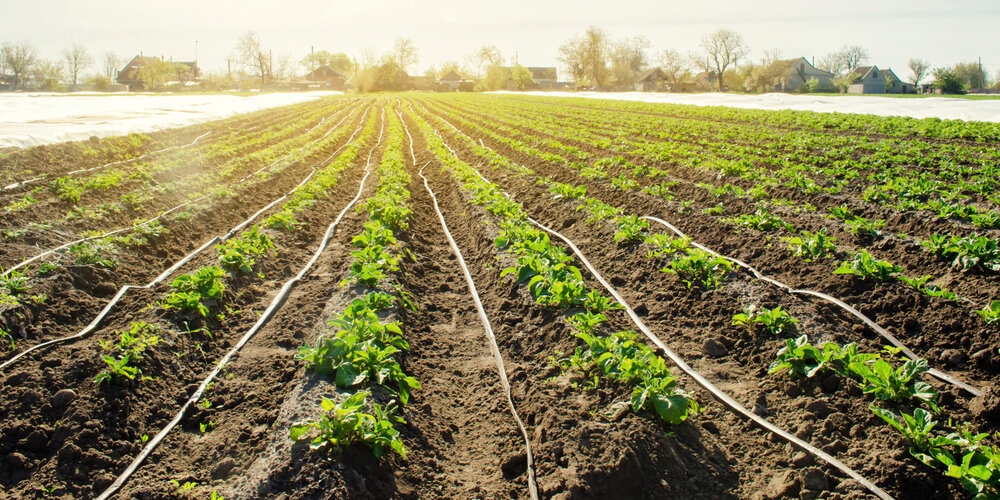
As regards delivering water and nutrients to crops, drip irrigation, when installed and managed correctly, can be incredibly efficient. It delivers water directly into the plant root zone, either via tubes that are laid on the surface of the soil, or just below the soil surface – the latter being classified as sub-surface drip irrigation (SDI).
Drip irrigation can reduce the energy required by irrigation by as much as 50%. It utilises low pressure which builds up due to the tubes being capped. The built-up pressure then forces water to seep out through the pre-installed holes or slots.
As well as using tubes with pre-installed holes, you can use blind (non-slotted) tubing and punch in the emitters, holes or slots yourself at intervals you, determine.
Drip and Micro Irrigation is Not the Same Thing
Drip irrigation delivers lesser volumes of water over longer time periods. Because of this, some people classify drip irrigation as being micro irrigation. However, the two are slightly different. Drip irrigation tubes are slotted or perforated, allowing water to seep out, whereas micro-irrigation water is delivered via small, low-pressure sprinkler devices, which are mounted on short risers fixed into the drip tubing.
The sprinkler heads used in micro irrigation can be adjusted to vary the width of the area they cover, with a width of 3 to 10 feet diameter being most common. The pattern of the spray can be varied to allow different pattern diameters - for example, part or full circle. The spray method can also be adjusted by switching out sprinkler heads. Other sprinkler nozzle head options can be interchanged using bubblers, misters, stream, and spray pattern heads.
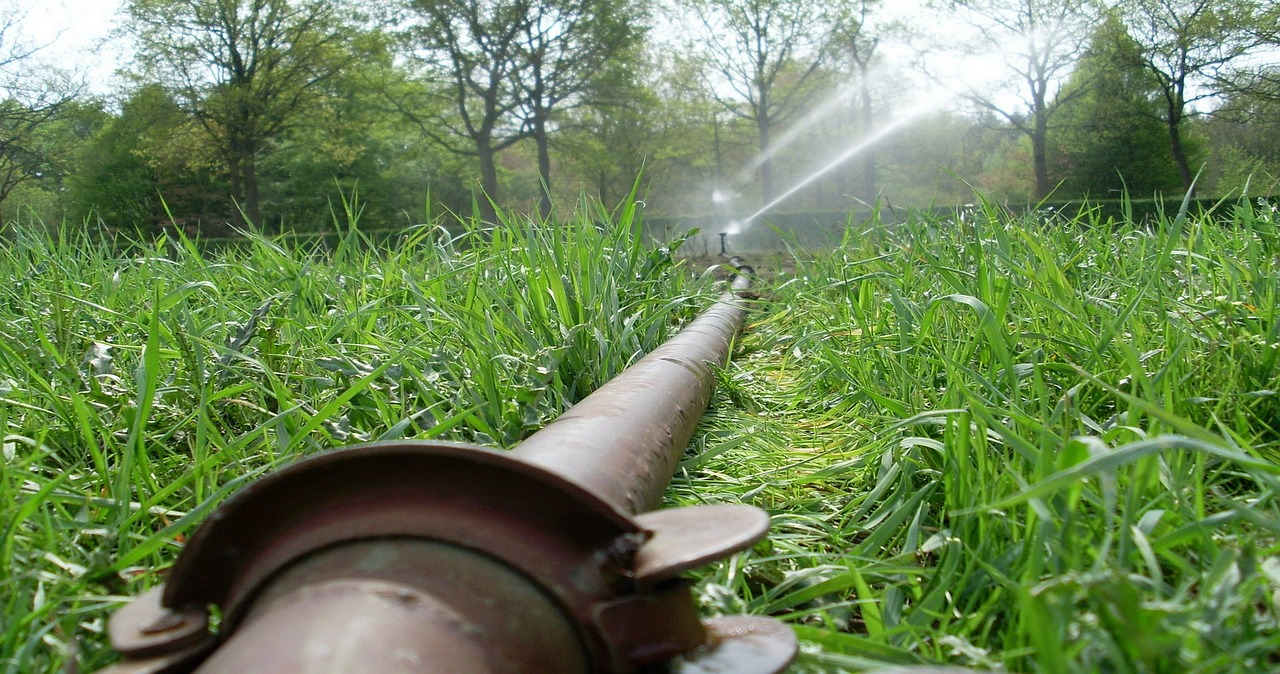
Typical Components of a Drip Irrigation System
Whether a drip irrigation system incorporates emitters, micro-sprinklers, or drip tape, all systems are set up using similar basic components and design factors. As well as the water source, they include:
- A Distribution System: This carries the water from the source to the head of the growing area and is connected to a mainline. The system may incorporate PVC pipes or any tubes with sufficiently large diameters to deliver the required volume of water to the growing area. Such systems can be permanent or moveable (such as a flat tube) according to the crops they are designed to irrigate.
- Mainline Pipes/Tubes: The main supply pipe that carries water from the source to the head of the growing area - typically around ½ inch in diameter, and to which drip tape is connected at 90-degree angles to transport water into the growing area.
- Drip Tapes: Connected to the mainline pipe, these tapes incorporate slits or holes through which the water drips out.
- Emitter Tubes: Used instead of drip tapes where emitters are preferred to holes/slots.
- Emitters or Sprayers: Optional - Installed to the emitter tubes via short risers
- Pump system: Drives the water from the source to the growth area. These can be driven by diesel, gas or electric – even solar-powered. Drip irrigation is a low-pressure system and can also be driven by gravity from mounted water barrels or tank sources.
- Pressure Regulator: To monitor pressure to ensure it doesn’t get too high and burst the drip pipes. Drip irrigation systems typically only run on approximately 25 PSI.
- Filters: To prevent the emitters from becoming clogged or blocked.
- Backflow Preventers: To prevent water from being sucked back into the water source.
- Adaptors, Connectors, Valves, etc. Drip installation systems can be quite complex, irrigating different areas, each with specific requirements. Valves can be used to turn supplies to areas on or off and to flush out unwanted debris or sediment. Adaptors and connectors can be used to connect different pipes and tape sizes.
- System Controller: To control the whole system. Controllers are programmable and can utilise cutting-edge Wi-Fi technology to facilitate remote management.
Drip irrigation systems often include chemical injectors - devices that mix nutrients and fertilisers with water to facilitate crop fertigation.
Drip Irrigation Pros and Cons
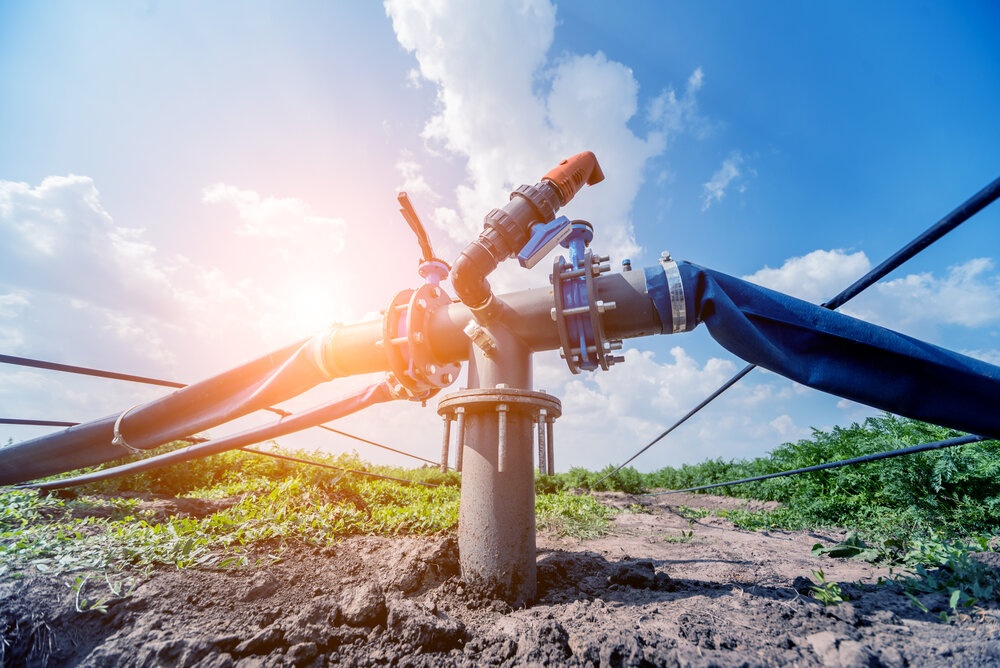
All methods of irrigation, including drip, have their pros and cons. This is dependent of several factors and can be summarised as follows:
The Pros of Drip Irrigation Systems
- Promotes efficient use of water – up to 80% compared to flood, sprinkler, and centre pivot systems.
- Facilitates more efficient use of nutrients and fertilisers.
- Use less energy.
- Adaptability – Can easily be configured for various sizes and shapes of growing areas.
- Prevent crop disease.
- Improves crop quality and yield.
- Lower operating costs.
The Cons of Drip Irrigation Systems
- Expensive – Drip irrigation systems are relatively expensive both in terms of the components and the labour required to install them correctly. They, therefore, tend to be used for irrigating more high-value crops.
- Require more maintenance due to clogging of emitters.
- Subject to damage from rodents and the cultivating machinery used in the growing area.
Concluding Thoughts on Drip Irrigation
Drip irrigation is generally regarded as the most efficient of all irrigation methods. With efficiency being measured in terms of crop performance, yield and profitability, whereas as flood and furrow irrigation rates between 60% to 70% efficient, and sprinkler irrigation is 80% to 85% efficient, drip irrigation can have a 95% to 100% efficiency rate.
Where it can be used to the best effect, there is nothing to beat drip irrigation. The fact that it delivers water and nutrients directly down to the root zones of plants and crops means a significant reduction in the amount of water needed, thereby reducing the consumption of a precious, limited natural resource.
The reductions in water, chemical, fertiliser, and nutrient wastage significantly lower farmers’ costs.
But the fact of the matter is that drip irrigation is not for everyone. Its high upfront and maintenance costs put it out of the reach of many poorer farmers – particularly those in third-world countries.
It’s Not One Size Suits All
Drip irrigation is most suited for row crops, such as fruits and vegetables, trees, and vine crops. It is not the best option for all crops, regardless of whether the farmer wants to install it.
Where it’s a decision based on water conservation, there are other methods that can be used - spray irrigation, for example, can be improved by installing hanging pipes instead of spraying water at high pressures to facilitate better control of water distribution.
